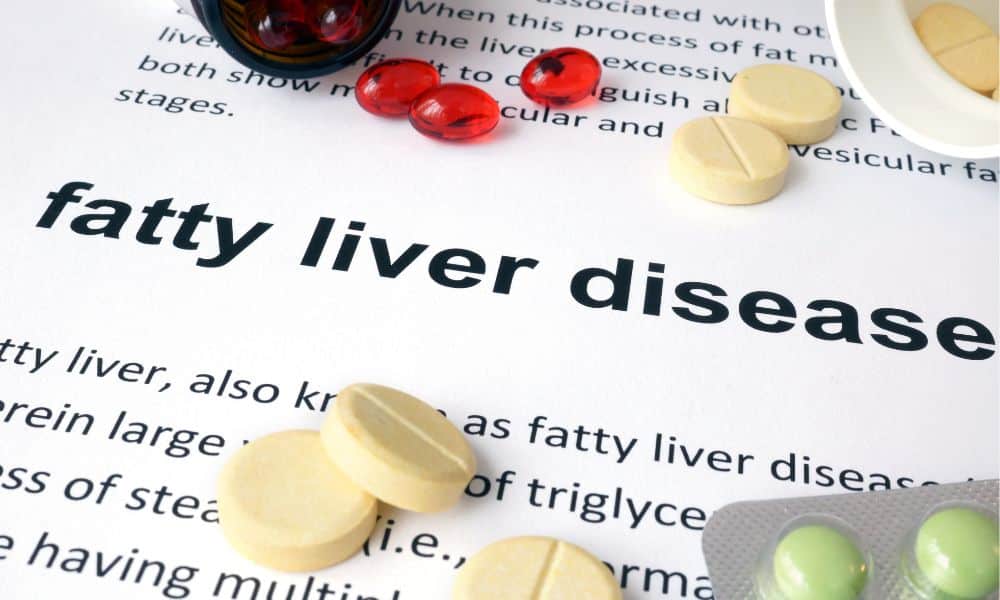The saying “you are what you eat” is very true. Nutrition is very important for our health, and it works closely with exercise to create a strong base for feeling good. This article looks at how good eating and exercise work together to improve your health. It shares easy tips to help you stay healthy at home.
Understanding the Interplay
Food gives us the energy we need to move and be active. On the other hand, exercise helps our body take in and use nutrients better. This close relationship shows how crucial it is to balance both sides for the best outcomes.
- Fuel for Performance: Eating plenty of carbohydrates, proteins, and healthy fats gives you the energy you need for exercise. Complex carbohydrates, which are present in whole grains, fruits, and vegetables, provide a steady source of energy. Proteins help repair and grow muscles and can be found in lean meats, chicken, fish, eggs, and beans. Healthy fats, found in foods like avocados, nuts, and olive oil, help make hormones and keep our cells working well. Sure, I can help with that.
- Exercise for Digestion: Exercise helps digestion by making it easier for your body to take in nutrients. Getting regular exercise can help your body use insulin better, which helps keep your blood sugar levels stable. It also helps keep your gut bacteria healthy, which is important for good digestion and overall health.
Building a Strong Nutritional Foundation
A healthy diet is the key to staying healthy. Include these ideas in your everyday life:
- Choose Whole Foods: Pick foods that are not heavily processed and keep their natural nutrients. Fill your plate with plenty of fruits, vegetables, whole grains, lean meats, and healthy fats.
- Hydration: Water is very important for many things our body does. Try to drink a lot of water all day long, especially before, during, and after exercising.
- Portion Control: Watch how much food you eat so you don’t take in too much. Pay attention to what your body tells you about being hungry and stop eating when you’re full.
- Meal Planning: Choosing your meals ahead of time can help you eat healthier and stop you from eating on a whim.
Home-Based Fitness: A Comprehensive Approach
Working out at home is easy and flexible. Here are some good exercise choices:
Strength Training: Increase muscle size and speed up your metabolism by doing bodyweight exercises such as squats, lunges, push-ups, and planks. Use resistance bands or dumbbells to make it more challenging.
- Cardio Exercise: Get your heart pumping by doing things like jumping jacks, high knees, burpees, and dancing. Think about getting a stationary bike or treadmill for biking or running at home.
- Yoga and Pilates: Improve your flexibility, balance, and core strength with yoga or Pilates exercises. These subjects also help improve mental health.
Creating a Supportive Home Environment
Turn your home into a peaceful and healthy place.
Set up a special place for working out to help you get into a habit.
- Dedicated Workout Area: Get important tools like dumbbells, resistance bands, a yoga mat, and a jump rope.
- Healthy Kitchen: Fill your food shelves with good-for-you ingredients and keep unhealthy snacks to a minimum.
Special Considerations for Specific Populations
Weight Management: Keep your calorie intake low and exercise regularly to lose weight in a healthy way.
- Chronic Disease Prevention: To avoid long-term illnesses, focus on eating healthy foods for your heart, keep your blood pressure in check, and do moderate exercise. This can help lower the chances of getting heart disease, diabetes, and stroke.
- Stroke Home-Care: For people recovering from a stroke, special exercise plans and changes to their diet are very important. Talk to healthcare experts for advice that suits you best.
Nutrition and Fitness: A Deeper Dive
The Importance of Macronutrients
To improve your health and fitness, it’s important to know about macronutrients, which are proteins, carbohydrates, and fats.
- Protein: Protein helps build and repair tissues, and it’s important for making muscles stronger and bigger. It also helps you feel full. Good sources are lean meat, chicken, fish, eggs, beans, tofu, and dairy foods.
- Carbohydrates: Carbohydrates are the main source of energy for the body and help you stay active. Choose healthy carbs like whole grains, fruits, and vegetables. They give you lasting energy and help with digestion.
- Fats: Fats are important for making hormones, helping the body absorb vitamins, and keeping cells working right. Healthy fats are good for your overall health. Include foods like avocados, nuts, seeds, olive oil, and fatty fish in what you eat.
Challenges and Solutions
- Short on time. Focus on quick, intense workouts, plan your meals ahead of time, and add exercise to your daily activities, like using the stairs instead of the elevator.
- Meal Planning: Don’t know what to cook. Look for ideas online, check out cookbooks, or ask a dietitian for help.
- Plateaus: If you feel stuck in your progress, try changing your workouts, adjusting what you eat, and adding different types of exercise.
Conclusion
In summary, it’s important to know how nutrition and exercise are connected for staying healthy, especially when taking care of your health at home. Eating healthy gives your body the energy and nutrients it needs for good workouts. At the same time, exercising regularly helps you feel good and keeps your body working well. For those navigating stroke home-care, making sure they eat healthy food and stay active can really help them get better and enjoy life more. By focusing on these things, people can make healthy choices and build a stronger lifestyle from their own homes.




